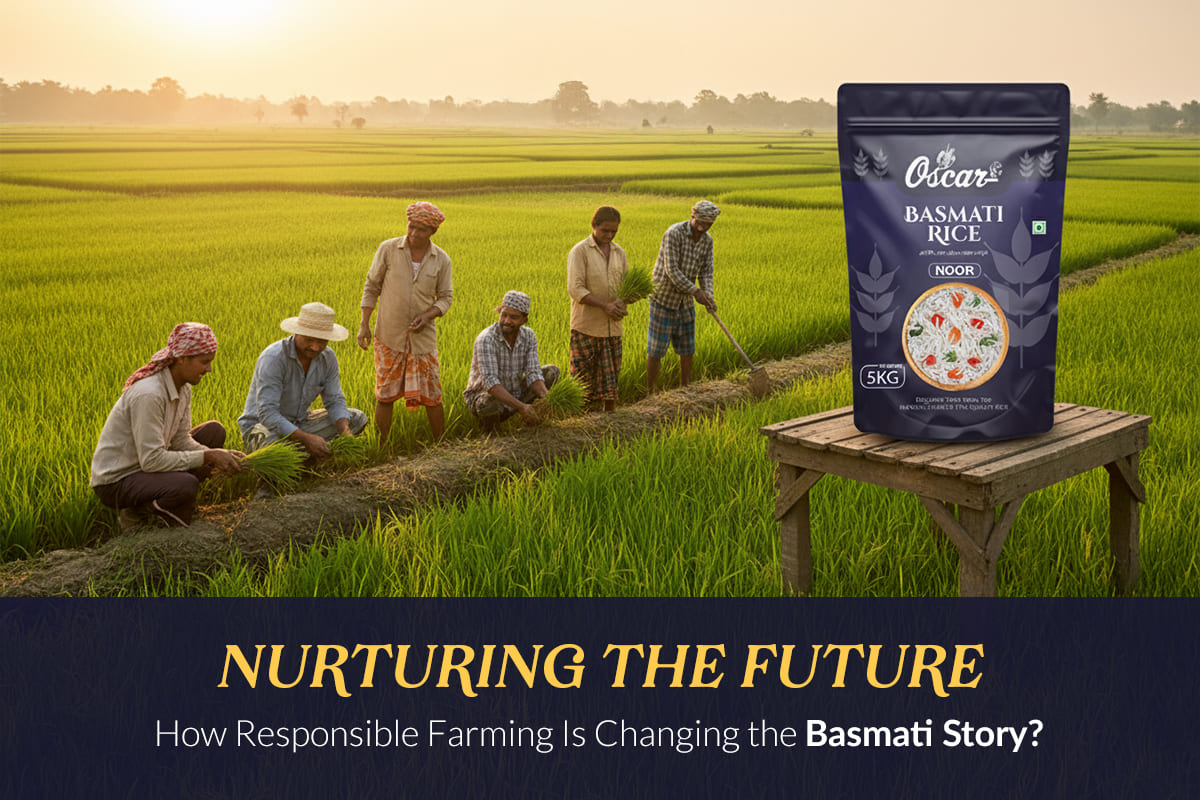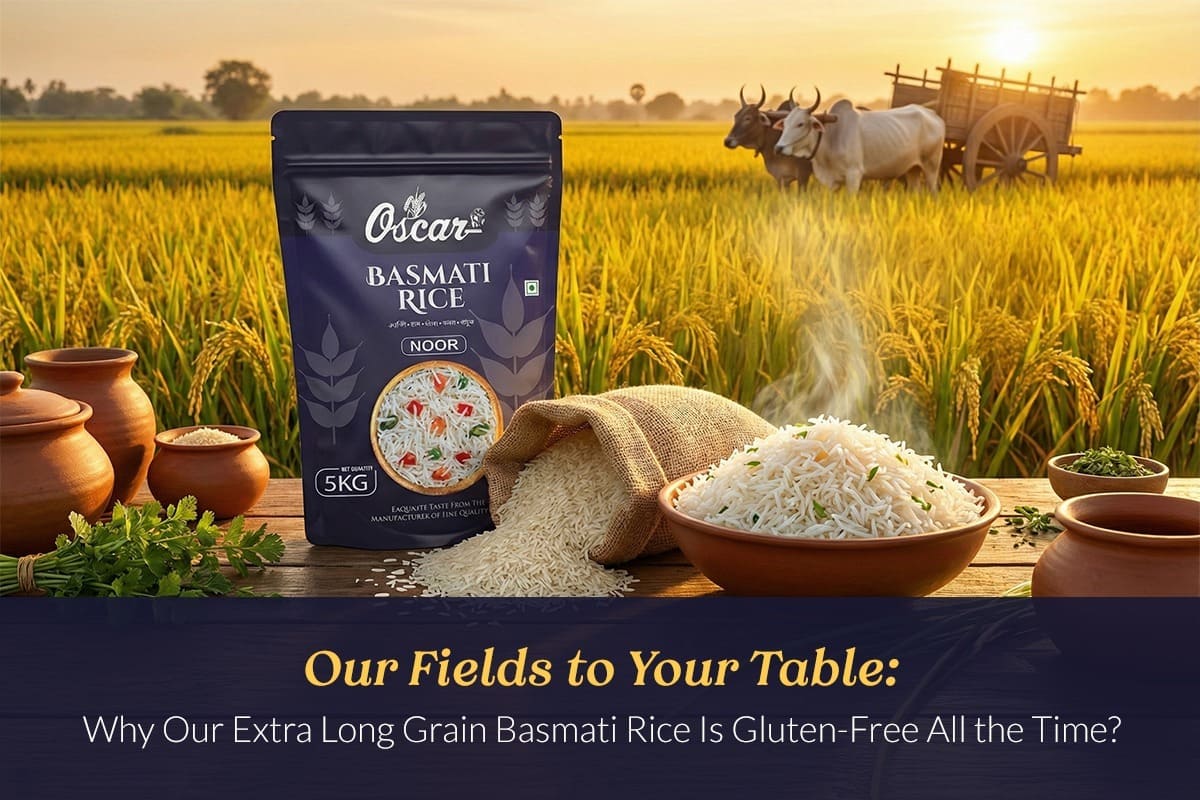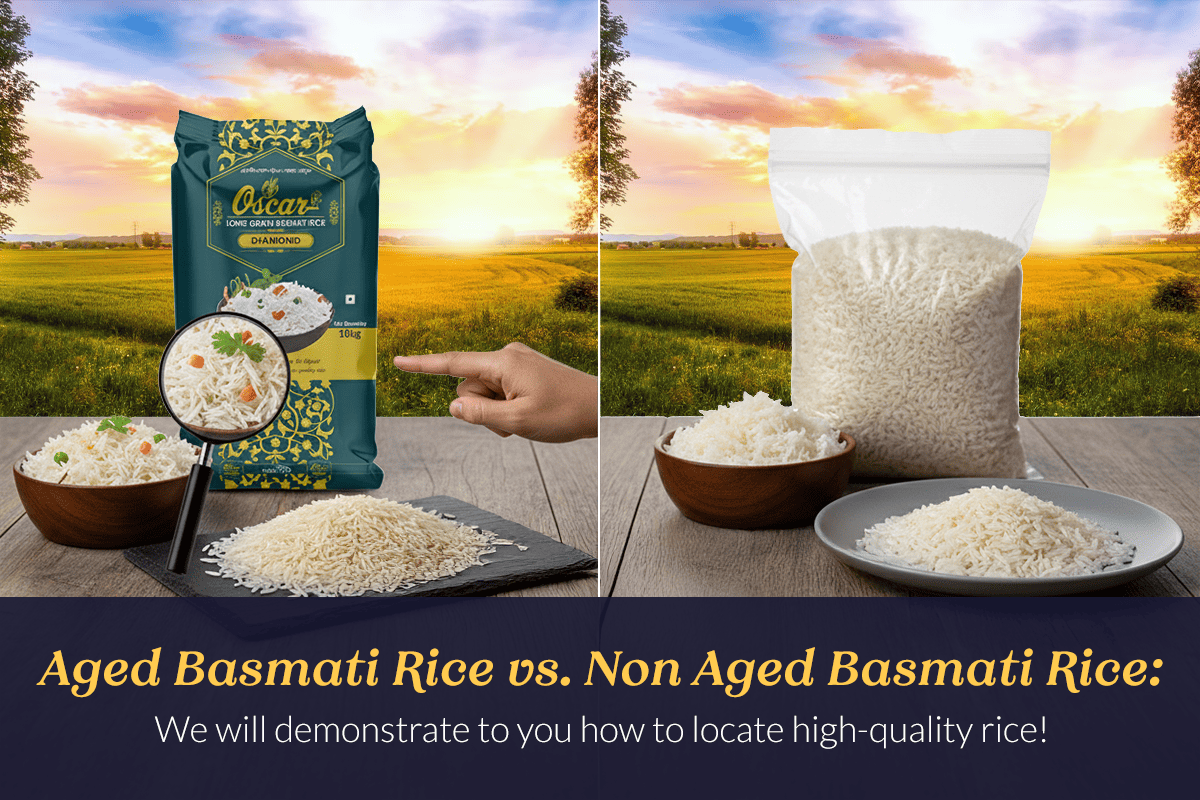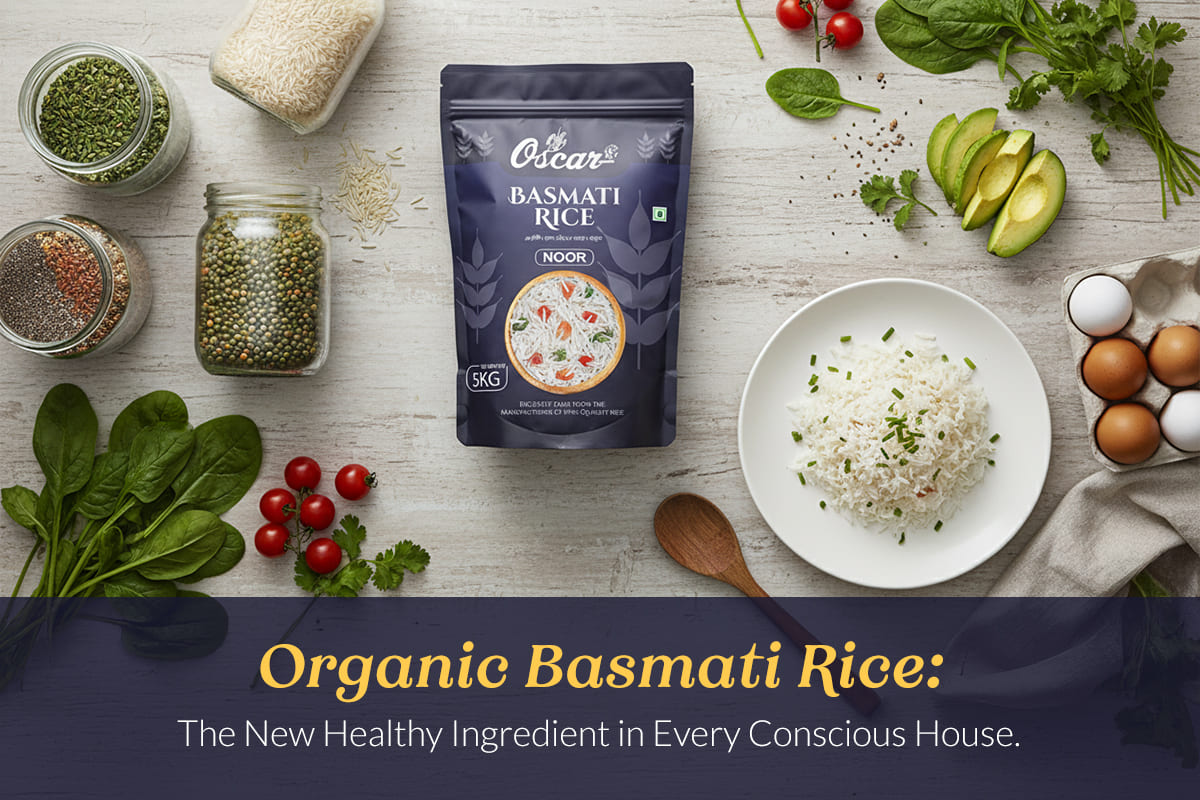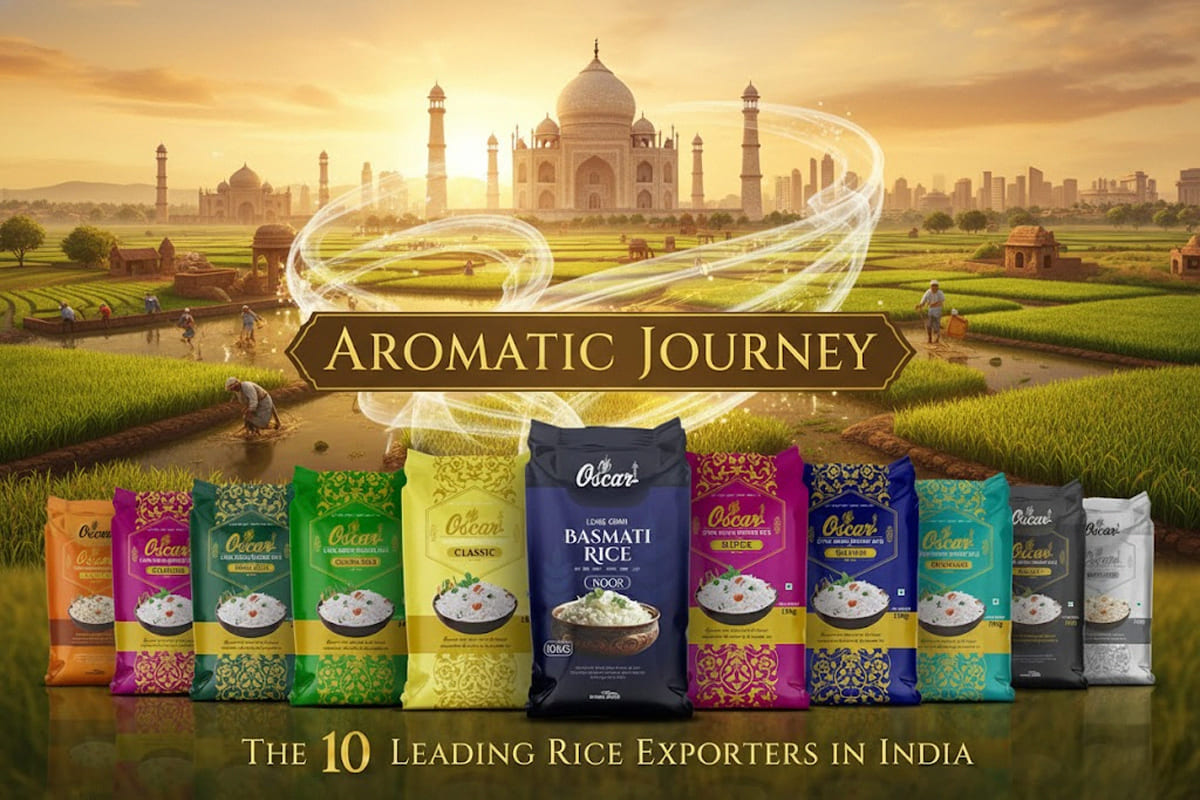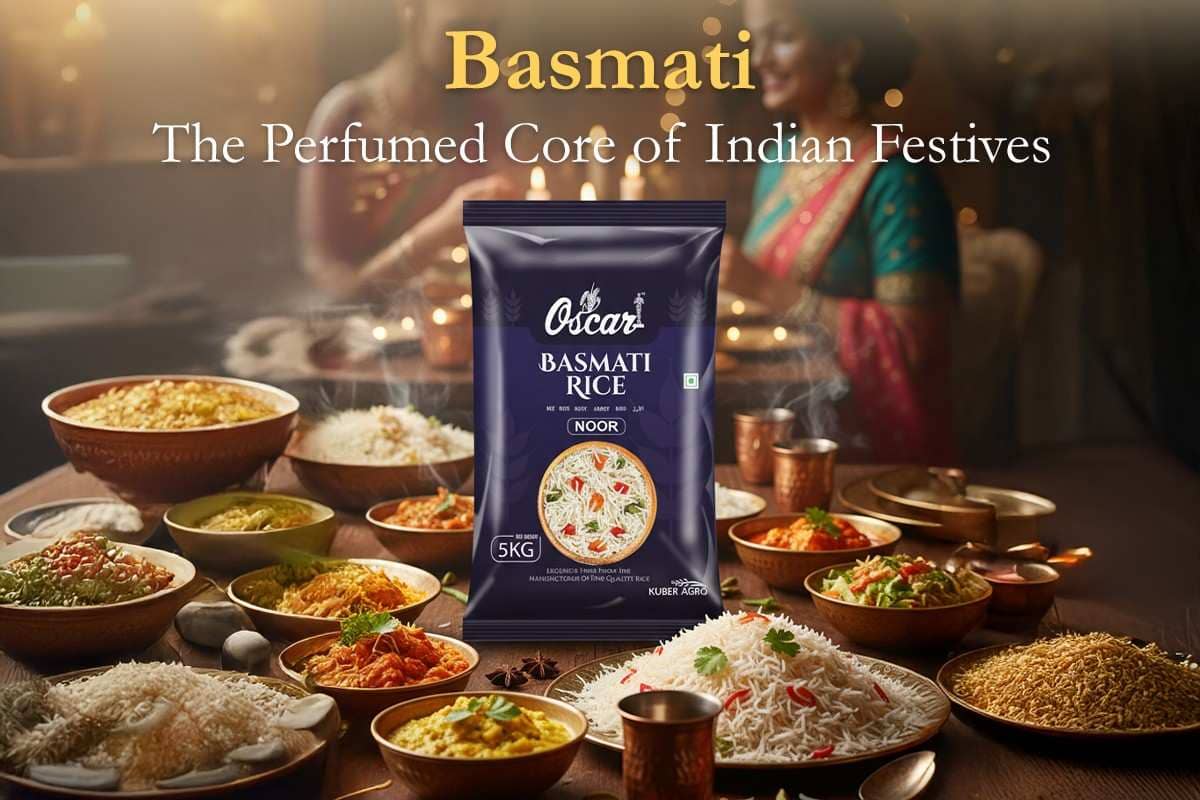Nurturing the Future: How Responsible Farming Is Changing the Aromatic Basmati Rice Story
There is something a little magical about opening a bag of real aromatic Basmati rice. The aroma and the long and thin grains—there’s a reason it’s called the “Queen of Fragrance.” But in recent times, as we have probed deeper into the food we eat, we have begun to wonder: What is the real cost of that magic?
For many decades, the lens was simply yield and profit. And, frankly, that often came at the price of the land and the people who grow our food. But the good news is there is a quiet, powerful revolution occurring. Farmers and agricultural practitioners are genuinely committed to sustainability around the production of aromatic Basmati rice with practices that are more benevolent to the earth and equitable for those involved. We can assure you, it’s a story worth your time to read.
The Thirsty Queen: A Reflection on Water Conservation
If you know anything about rice, you know it’s a thirsty crop. The flood-prone regions where aromatic Basmati is traditionally grown depend on a flooded field for cultivation, which leads to excessive water being wasted, particularly in the context of water-stressed areas. That is how water conservation in aromatic Basmati farming becomes the cornerstone of ethical cultivation.
We’ve heard from farmers who utilize something like Alternate Wetting and Drying (AWD). Instead of always keeping the paddies flooded, they allow the soil to dry out for a number of days prior to reflooding. While this seems easy enough, research has indicated that using AWD will save as much as 30% of water, all while maintaining yields. Can you even imagine? We are producing the same good rice while using a limiting resource. This has nothing to do with small changes; it fundamentally changes how we understand the relationship between the crop and its environment.
The Foundation of Flavor: Prioritizing Soil Health
The aroma and texture of aromatic Basmati rice grains do not just come from the seed but also from the soil. Land is not just dirt but a living ecosystem that can lose its health after years of intensive agriculture focused on chemical inputs. This is why the health of the soil in an aromatic Basmati rice field is now a primary consideration.
Now we are seeing great enthusiasm for practices like crop rotation, using natural fertilizers like compost and/or manure, and reducing tillage. When you treat the soil properly with either of these practices, you are adding organic matter, and healthy soil retains more moisture (that goes back to water conservation!) and makes plants naturally more resilient to pests! It’s an amazing circle. A healthy soil ecosystem will produce healthier, more nutrient-dense rice grain. You don’t just taste the quality; you taste the love put into it.
Removing the Chemical Burden From Our Plates
For too long, “the easy” way to deal with pests and weeds was throwing synthetic chemicals at them. This is a simple fix; it will work in the short term, but it results in pesticide-persistent pests, pollution to groundwater, and, quite frankly, concerns for the consumer—you and us.
One of the fundamental beliefs in the modern responsible Basmati practices is the significant reduction of chemicals used. More farmers are starting to focus on Integrated Pest Management (IPM). This means that instead of using pesticides all of the time, natural predators of the pests are released into the paddy, or pheromone traps, etc. In the contingency of pests getting out of control, farmers will utilize the minimum of (pesticide) chemicals as a last resort. This is significant for not only the planet but also for the health of the farmers as well, who are using these chemicals every day in their fields—and beyond. When you seek out sustainably sourced aromatic Basmati rice (from family farmers striving to reduce their chemical load), you are helping to “decrease their chemical footprint.”
The Whole Picture: The Carbon Footprint in Aromatic Basmati Rice
The conversation about food production would not be complete without climate change. Rice paddies are well known, especially when flooded, to produce methane gas. Methane gas is a potent greenhouse gas.
Nevertheless, the techniques we referenced earlier—Alternate Wetting and Drying prominent among them—are also true game-changers! By periodically allowing the soil to drain, farmers are positively contributing to aromatic Basmati rice’s climate benefits (carbon footprint reductions it creates). Even before you get to the field, reducing chemical inputs and/or reducing transportation efficiencies are also ways to chip at the total footprint. So, yes—everything from field to mill is on the table to make sure our beloved grain is consumed responsibly for generations!
Human Element: Fair Compensation for Growers
When we discuss sustainable practices in farming, we must also consider the people doing the work. Sustainability is not only about environmental sustainability; it is social sustainability, too. In order for a farming practice to be sustainable, farmers must also be compensated fairly.
A focus on fair compensation for farmers when we consider aromatic Basmati rice cultivation is huge! This means eliminating the exploitative broker model and ensuring that the premium charged for low-yield, high-quality, responsibly grown rice actually reaches the farmer. When farmers are compensated fairly, they also have the incentive and capital to invest in water-use conservation technologies, soil health practices, and better equipment. It creates a dynamic and positive feedback loop.
What Does This Mean for You?
Big things also begin from the smallest changes, so when you find yourself standing in the grocery aisle, you’re supporting this quiet revolution in your own way when you choose aromatic Basmati rice that has been grown ethically and sustainably, without impacting our environment.
Seek certifications before the purchase and choose the companies that promote soil health initiatives and water conservation, such as Oscar Basmati Rice from Kuber Agro, and are transparent about their origins and how they do their work. In addition to purchasing a bag of rice, you are also supporting an agricultural method that respects the environment, uses less water, uses fewer chemicals, and fairly compensates farmers.
There is a lot to do, and we make this simple decision every day, and it results in amazing transformation. Together, let’s keep promoting this amazing grain’s future.

